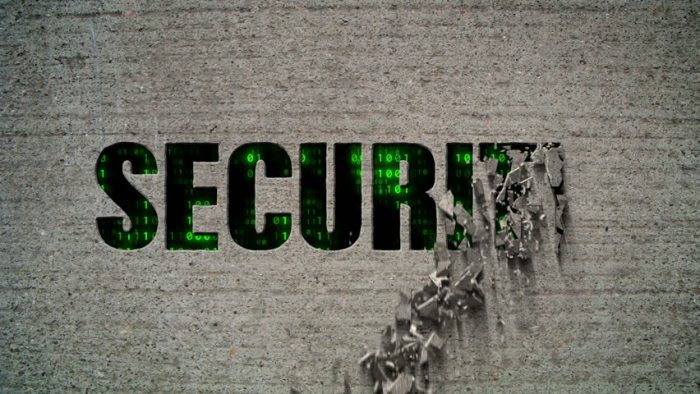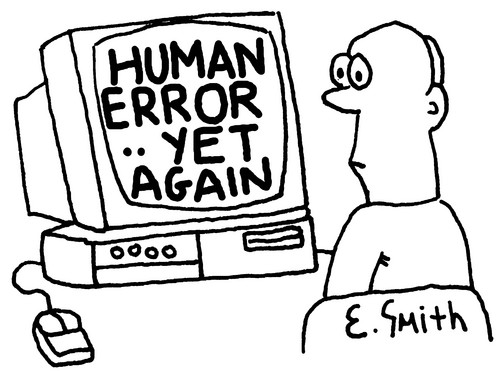 Humans have the capability to draw out conclusions from small to large set of data. The method and time taken by each individual varies. The computers are replacing humans in thinking. The algorithms fed into these devices aid in coming up with best remedies. Combining two technologies, where the advantages of one are combined with another to bring out the best. Deep learning- Algorithms are available to exact relevant data irrespective of size of the data set. Neural network – Algorithms have the ability to bring out the best from the given data set. Combing the positive aspects of two technologies has ended up with Deep playground.
Humans have the capability to draw out conclusions from small to large set of data. The method and time taken by each individual varies. The computers are replacing humans in thinking. The algorithms fed into these devices aid in coming up with best remedies. Combining two technologies, where the advantages of one are combined with another to bring out the best. Deep learning- Algorithms are available to exact relevant data irrespective of size of the data set. Neural network – Algorithms have the ability to bring out the best from the given data set. Combing the positive aspects of two technologies has ended up with Deep playground.
Deep playground is a mix of deep learning and neural networks. It is a machine based learning technique from the available data.
Deep Learning –
Deep learning is a data extraction technique adopted using algorithms, modeling high-level abstraction method using multiple processing layers. The extraction technique tries to mimic human brain, learning multiple knowledge bases and aid in solving complicated problems. Adopting a learning methodology using the learning architecture and studying its features makes extraction of data better. Deep architecture is made up of multiple layers with adaptive non-linear components as suggested by essay writers who specialize in this topic.
• Evolution – 1985 was the year when there happened a turn, when Geoffrey replaced the single fixed layer by multiple hidden layers based on perceptions. This usage has four disadvantages – will not be able to handle unlabeled data; using multiple layers weakens the correcting signal; learning is concluded to get slower-; poor local optima can be hindering.
Support vector machines were the next improvement made over Perceptions. The method adopts core of statistical theory to get things going. The kernel function maps the data accepted from the user to another entity in high-dimension space. Optimization technique is chosen to mix feature with data to generate the outcome. This structure requires a feed on the prior knowledge. This feature has proved it as a shallow architecture.
Neural network –
Neural network is the study of machine giving its try to find solution to problems from the available data set. This is a kind of training session where the device is provided with large set of examples to get accommodated. The examples provided aid the computer to infer some rules, based on which they deduce conclusions. To make the system result with more accuracy, large set of examples can be imparted.

A model making up a nervous system, using their neurons to adapt to internal and external environment and manipulate their behavior based on the readings. A replica of human nervous system is created termed as artificial neural network
(ANN). The characteristics found in these robots –
• Structures adopted can be recurrent and non-recurrent structure. Feed forward network another name given to non-recurrent structure has the signal travelling in only one direction while the feedback network has the signal travelling in both directions by introducing loops in the structure.
• Using simple parallel processing techniques aided to do matrix calculations.
• The system uses distributed memory to aiding in parallel processing and complicated problems.
• The system has to be fault tolerant. The mistakes in some part of the system can turn messy and difficult to untangle.
• The outcome of the system is the aggregation of small units which are into parallel processing.
• The agenda is to discover and speed the learning process using supervised, unsupervised or reinforcement learning.
Learning algorithms
• Supervised learning – In this kind of learning, the set of input stimulus is acquired from external source. The resultant is compared with the desired data. Using gradient descent rule, the error between the actual outcome and the desired outcome is found.
• Unsupervised learning – A self-organizing learning algorithms, gets its feed from local information available and internal control.
• Reinforcement learning – Graded learning is an attempt to mimic the behavior of humans to his environment.

Summary
Deep Playground is a combination of Deep learning and neural network domain. The extraction technique is using multiple layers to do its doings while the neural network is tries evaluating the accepted data from doing further analysis. A mix of these two doings has helped science to dig up and analyze data, solve complicated and sophisticated problems. The body of the article talks about how the evolution of Deep learning has made mining easier. The learning methods adopted to find solutions, features of the problem solver aiding in better efficiency and performance. IT assignment help experts can also help students if they find all this too difficult.
 3. Mail Bombing: — Mail bombing refers to another unsolicited use of e-mail where the attackers send a large amount of fake messages to the single e-mail server, in an attempt to either disrupt or stop the normal functioning of the mail server.
3. Mail Bombing: — Mail bombing refers to another unsolicited use of e-mail where the attackers send a large amount of fake messages to the single e-mail server, in an attempt to either disrupt or stop the normal functioning of the mail server. The computer security threats discussed above are becoming more common nowadays, and any person who wants to earn some money illegitimately is designing these threats for his own financial gain. Only the proper implementation of information security can save you from the above threats.
The computer security threats discussed above are becoming more common nowadays, and any person who wants to earn some money illegitimately is designing these threats for his own financial gain. Only the proper implementation of information security can save you from the above threats. Summary
Summary 






















